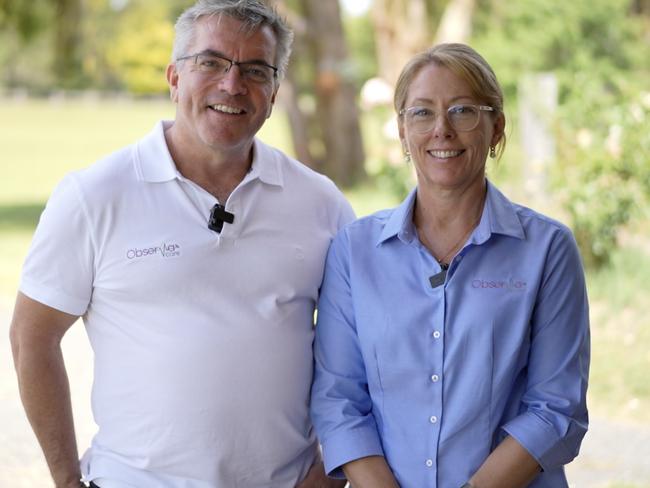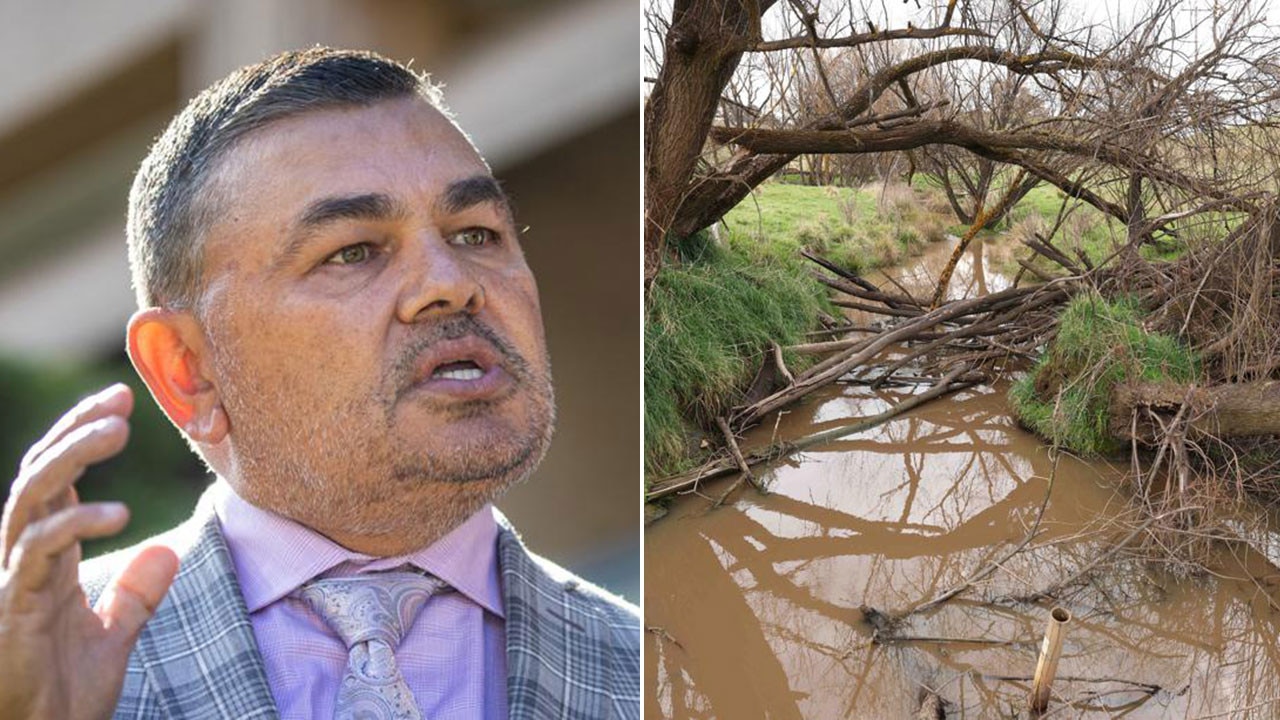Monitoring patients remotely to improve health outcomes in regional areas
Greater access to data and communication means remote monitoring is enabling better healthcare and less inconvenience for patients in regional areas.
Rapid innovation in telehealth services may soon allow hip and knee replacement patients to go home the same day as their operation.
With greater access to data and communication, remote monitoring is enabling better healthcare and less inconvenience for patients in regional areas.
Rural medicine specialist Dr Rod Martin and wife and Deborah started Observa Care during the Covid pandemic to enable remote monitoring of patients using wearable devices connected to the nbn network.

They can measure heart rate, oxygen levels, blood pressure, temperature and cardiac output and assess individuals’ health status in real-time from their Armidale practise.
Remote monitoring, in conjunction with local GPs, is helping save hospital time and resources and the stress that rural people face having to travel long distances for operations and treatment.
“It gives doctors, health services and private health insurance providers peace of mind that the patients are still being looked after constantly and the patient gets to recover in their own home with their own pillows, watching their own television programs and not eating hospital food,” Dr Martin said.
“Some (experts) in New South Wales are talking about same day, hips and knees,” Dr Martin said. “So you would come in the morning, you have your hip done, get a get a block (anaesthetic) and some instructions from the physio, a couple of people visit over the next two days, and then you’re done.”

Deb Martin said Observa Care is trying to make it safer to live and work in the regions.
“If we can make it safer for the people, we can also make it more attractive for a workforce. So we think there’s a dual benefit there,” she said referring to the labour shortages in healthcare in the bush.
The technology has been enabled by the nbn rollout which helped create almost 30,000 new businesses in NSW in the 10 years to 2022, more than 7000 of which are in regional areas.
By the ed of 2025 the nbn aims to deliver better broadband to about 900,000 homes and businesses across regional NSW, including more than 584,000 that can upgrade from their copper-based connections to nbn full fibre.
Originally published as Monitoring patients remotely to improve health outcomes in regional areas


